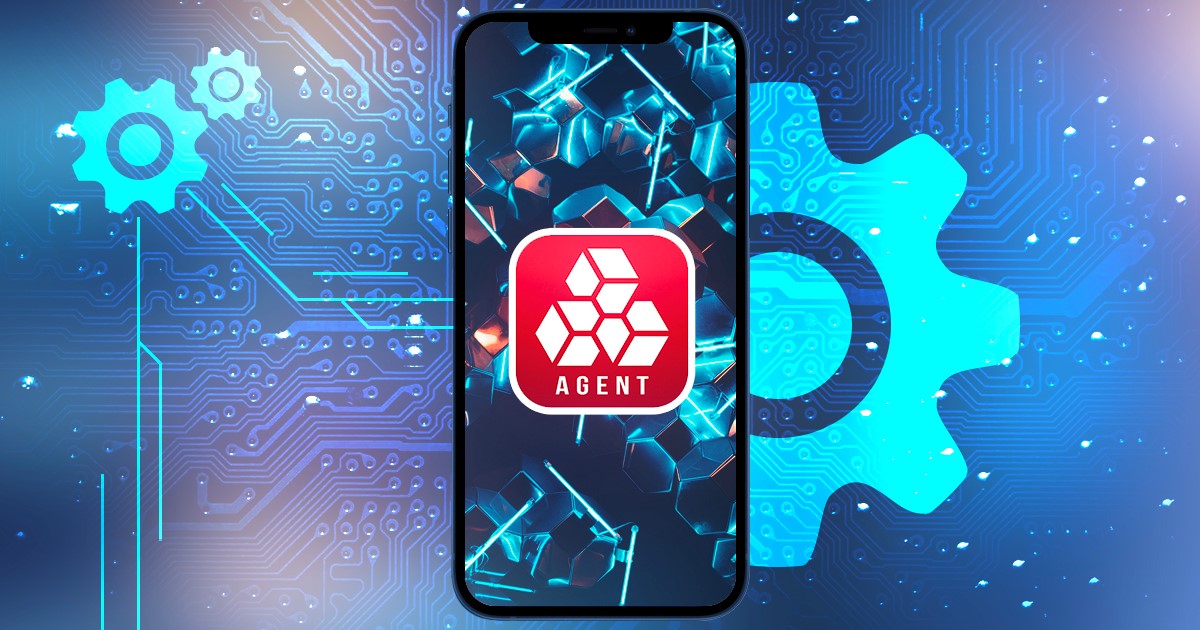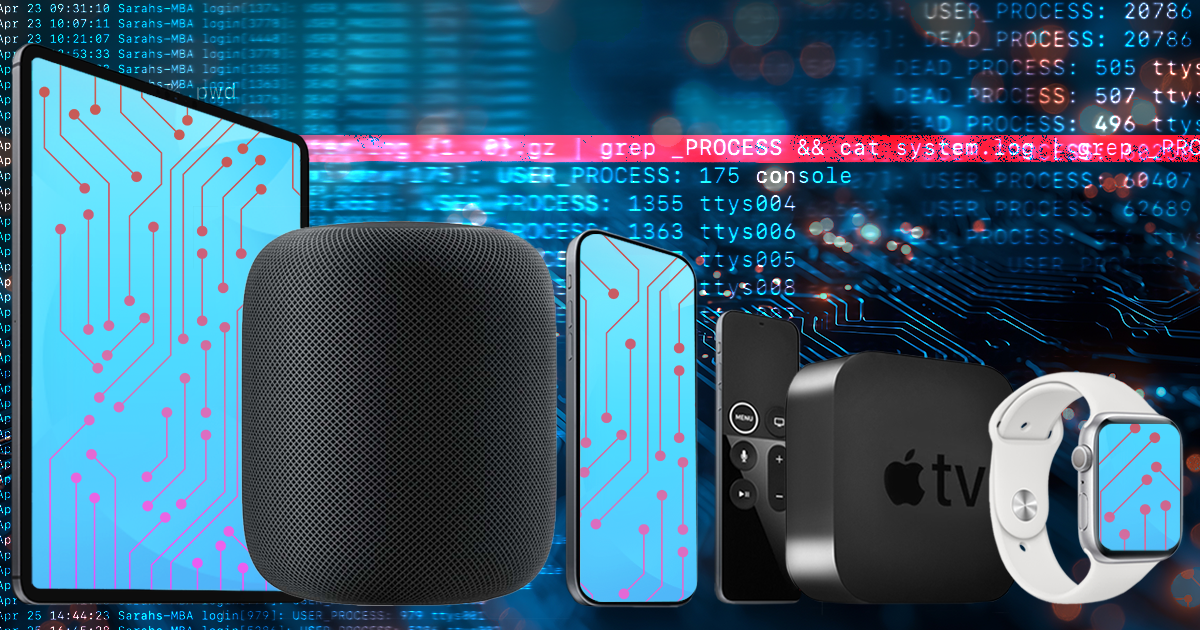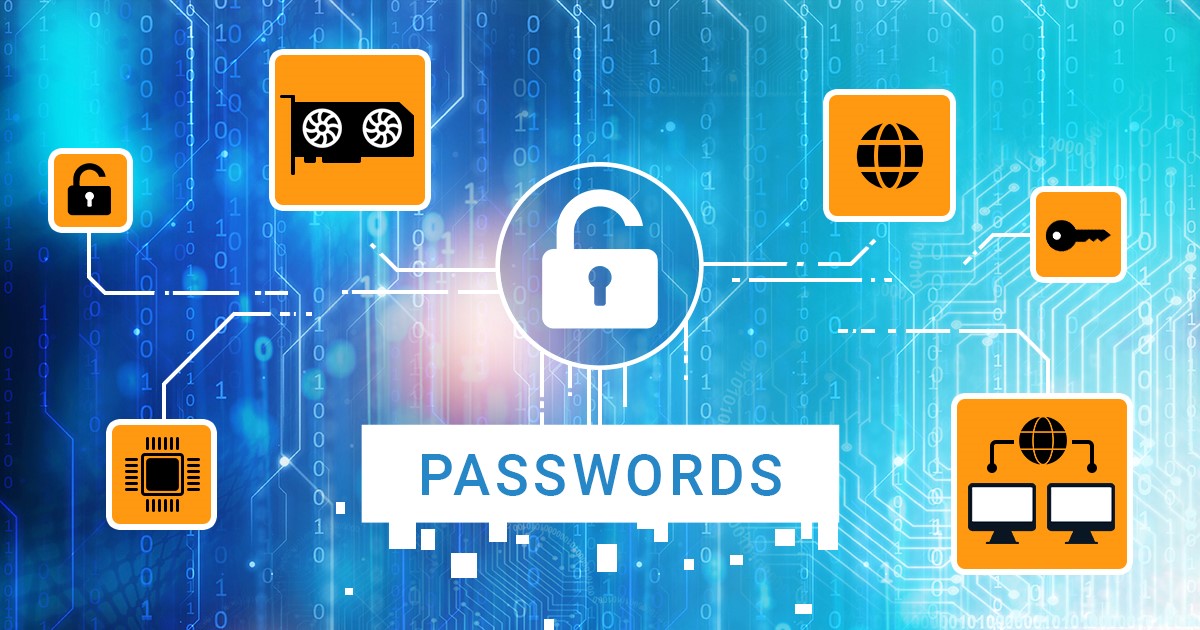Just a week ago, we published an article about NVIDIA’s new generation of Blackwell-based graphics cards. Despite a noticeable price hike, performance gains in this generation are minimal, with one notable exception: the flagship GeForce RTX 5090 significantly outperforms its predecessor in all key aspects. However, this GPU has also revealed a potential issue that could make its use in workstations running 24/7 problematic and potentially unsafe.
The newly introduced NVIDIA GeForce RTX 50 series (Blackwell architecture) brings significant changes. Notably, NVIDIA claims a doubling of integer (INT32) computation throughput per clock cycle compared to the previous Ada Lovelace architecture; this is described in the company’s whitepaper.
In the latest update of Elcomsoft Distributed Password Recovery (EDPR), we’ve introduced a revamped load-balancing feature. The new feature aims to enhance resource utilization on local workstations across diverse hardware configurations. This update has drastically reduced the time required to break passwords in certain hardware configurations, thanks to a refined load distribution algorithm. In this article, we’ll share some technical details on how load balancing leverages a mix of GPUs and CPU cores.
Our blog features numerous articles on breaking passwords and accessing encrypted data, ranging from simple “how-to” guides to comprehensive manuals. However, many of the questions we are frequently asked are not about the technical stuff but rather the very basics of password recovery. Can you break that password? Is it legal? How much time do you think it will take to break this one? We do have the answers, but they require digging through the extensive content of our blog. To address this, we’ve created a comprehensive A to Z article that not only answers many common questions but also links to our previous posts.
With the launch of the Super update of 40-Series NVIDIA GPUs, the company’s product lineup has become quite complex. In the 4070 series alone, four models of the NVIDIA GeForce RTX are available: the original 4070, 4070 Ti, and now also 4070 Super, and 4070 Ti Super. Understanding the differences between these cards and learning which models offer the best price/performance ratio in password recovery jobs are crucial considerations for IT professionals.
Intel has unveiled its latest lineup of dedicated graphics cards, driven by the powerful Intel Xe architecture. The Intel Arc series showcases impressive performance, rivaling mid-range offerings from competing brands, while maintaining an exceptional price-performance ratio that outperforms NVIDIA’s counterparts. In this article, we explore the potential of Intel Arc GPUs for forensic password recovery and delve into their performance capabilities, comparing them with both Intel’s built-in graphics and mid-range NVIDIA RTX boards.
Every three years, NVIDIA releases a new architecture used in their GeForce series graphics cards. Powered by Ada Lovelace, the new generation of GPUs delivers 80% better performance in password recovery compared to Ampere. While the new generation of NVIDIA graphics is faster and more efficient than Ampere, it also received a price hike. Is the update worth it for the forensic experts? Let’s try to find out.
This article continues the series of publications aimed to help experts specify and build economical and power-efficient workstations for password recovery workloads. Electricity costs, long-term reliability and warranty coverage must be considered when building a password recovery workstation. In this article we will review the most common cooling solutions found in today’s GPUs, and compare consumer-grade video cards with their much lesser known professional counterparts.
This article opens the series of publications aimed to help experts specify and build effective and power-efficient workstations for brute-forcing passwords. Power consumption and power efficiency are two crucial parameters that are often overlooked in favor of sheer speed. When building a workstation with 24×7 workload, absolute performance numbers become arguably less important compared to performance per watt. We measured the speed and power consumption of seven video cards ranging from the NVIDIA Quadro T600 to NVIDIA RTX 3070 Ti and calculated their efficiency ratings.
Today, we have an important date. It’s been 13 years since we invented a technique that reshaped the landscape of modern password recovery. 13 years ago, we introduced GPU acceleration in our then-current password recovery tool, enabling the use of consumer-grade gaming video cards for breaking passwords orders of magnitude faster.


